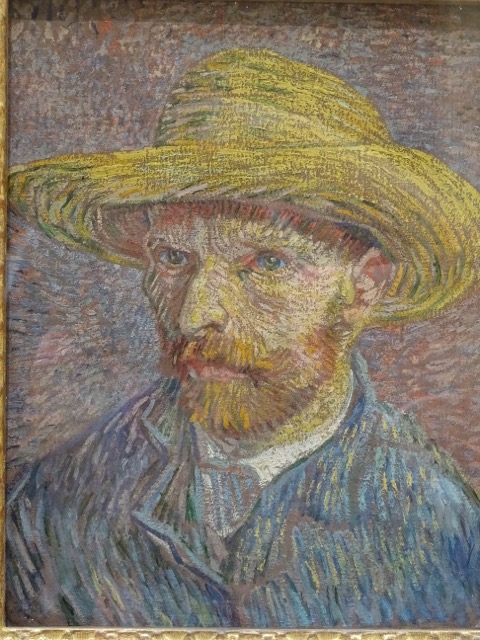How To Do an Artist Study- Part 2 Art & Artist
Once you are convinced of the benefits of doing an artist study, the next step of how to do an artist study is finding the artists and the art.
You can’t go wrong with starting with the greats (There is a reason well known painters are well known). But don’t neglect the more obscure artists or even newer more contemporary and modern artists.
Be intentional about incorporating your art study with what you are learning in history. For example, I found an American History Art Study and focused on American artists when we studied US History. And when we studied the Renaissance, I chose artists from that time period, etc.
This is a good list of artists to start:
- Cassatt
- Da Vinci
- Degas
- Michelangelo
- Monet
- Raphael
- Rembrandt
- Renoir
- Rockwell
- Van Gogh
- Wyeth
How To Do an Artist Study- Part 2 Art & Artist
Places to find art:
- Postcards. I would personally rather use larger prints but postcards can be found in museum gift shops or online. Charlotte Mason mentions getting some postcards of black and white engravings. Dover Postcards are an inexpensive resource.
- Books. Coffee table books are nice as they usually have large pictures. Get the largest prints you can. 8X10 prints are good.
- Internet. I use www.Artrenewal.org for free and send these images to my local office store to print with my teacher’s discount (8X10). It is higher quality than my printer can do. Or print them off yourself. Plan on doing 1 artist every term (or 12 weeks) which allows for 3 in a school year. If you do 6 prints per artist, you can focus on 1 print for about 2 weeks. I have never used but have heard of these 2 resources: Art cyclopedia and WebMuseum. Also check out Ambleside Online Art Prints yahoo group.
- Resources: Simply Charlotte Mason has artist portfolios that work well for artist study. They include: art prints, artist biography, and information on the pictures.
- Calendars. I have scoured large book stores, particularly after Christmas and found scads of calendars featuring artists. The size of the prints are extra large and work great.
- The Library. This is a great place to find great works of art for free. Be sure to get books about the artist here as well.
- Thrift Stores, yard sales, and used book sales. I find inexpensive prints, books, and even framed art at yard sales and thrift stores.
- Go to museums to see the real thing. Many art museums offer discounted rates for students and/or free evenings. The MET in NYC is free. If you ever get the chance, you must go!



- Tell friends and family what you are looking for. Being transparent helps artwork turn up in the darndest places. Some may have unused books they would love to see used.

Learn about the artist:
- Surround yourself with art. Invest in an easel or find a way to hang artwork. Put up as much artwork as you can all over your home.



- Find books about the artist. Become a regular at the library. Look for books about the artist you want to study. Even if your kids are older, look for younger books about the artists. Camille and the Sunflowers for Van Gogh is good, as well as Linnea in Monet’s Garden for Monet. Kid’s books are simple and in plain language and have memorable facts and notes I haven’t found elsewhere. Lives of the Artists: Masterpieces, Messes (and What the Neighbors Thought) is also good for fun facts and interesting tidbits about an artist. I use this author for composer studies as well. Mike Venezia has short interesting books about great artists. Sometimes I incorporate written and oral narration on biographies of artists. But it is most important to focus on narrating the art.
- Make this fun! Host a birthday party for an artist with music of the time period, food, and artist’s works displayed (it doesn’t have to be an exact date). Dress up. Make a cake. Learning about the artist when he/she was a child piques a child’s interest.
- Relate to the artist in some way. I wrote about Being Michelangelo and how it helped my kids get a glimpse of Michelangelo’s life. If the artist is deaf, cover your child’s ears for a period of time, perhaps when he copies the artwork. Learning in this way is memorable. Your kids won’t forget it.




Finally, brothers and sisters, whatever is true, whatever is noble, whatever is right, whatever is pure, whatever is lovely, whatever is admirable—if anything is excellent or praiseworthy—think about such things. Philippians 4:8

The How To Do An Artist Study series is broken down into 3 parts:
- Part 1-Benefits of an Artist Study,
- Part 2-The Art & The Artist
- Part 3-Studying and Copying Art


